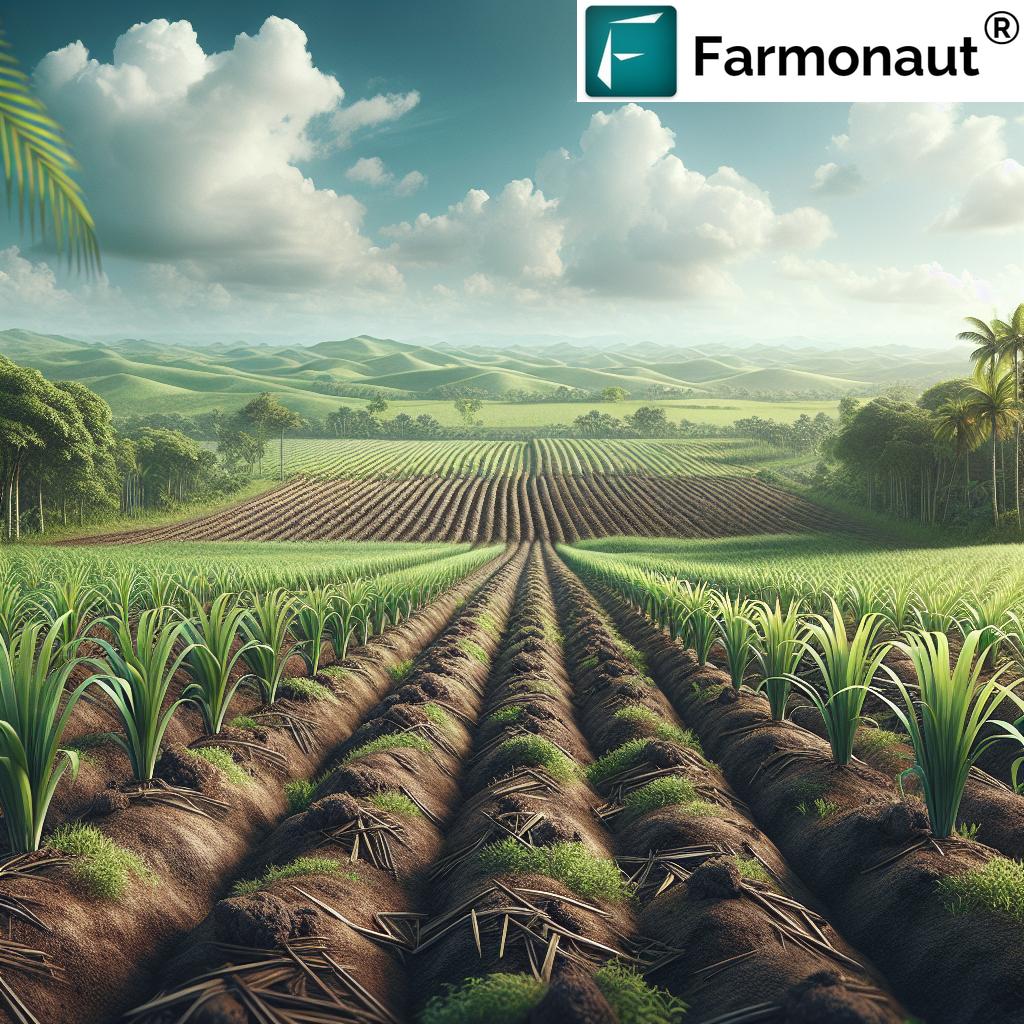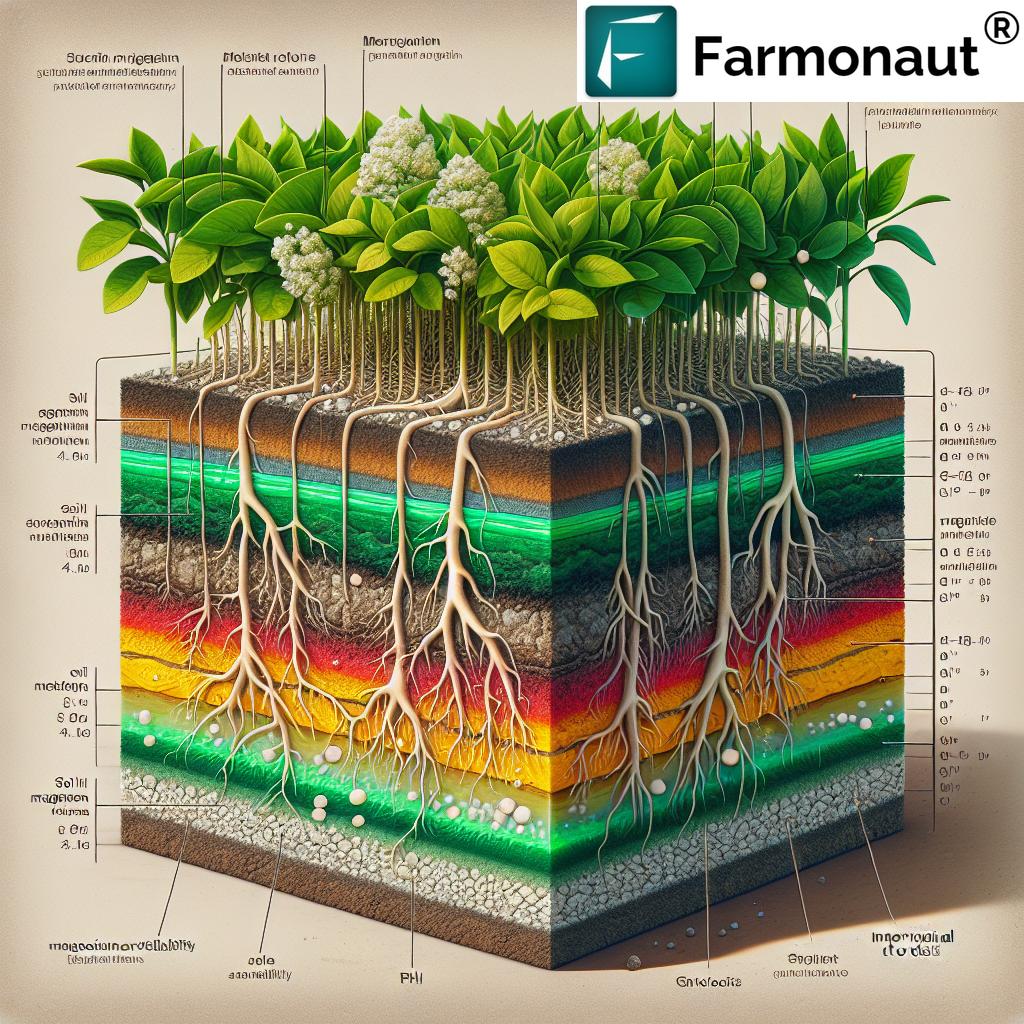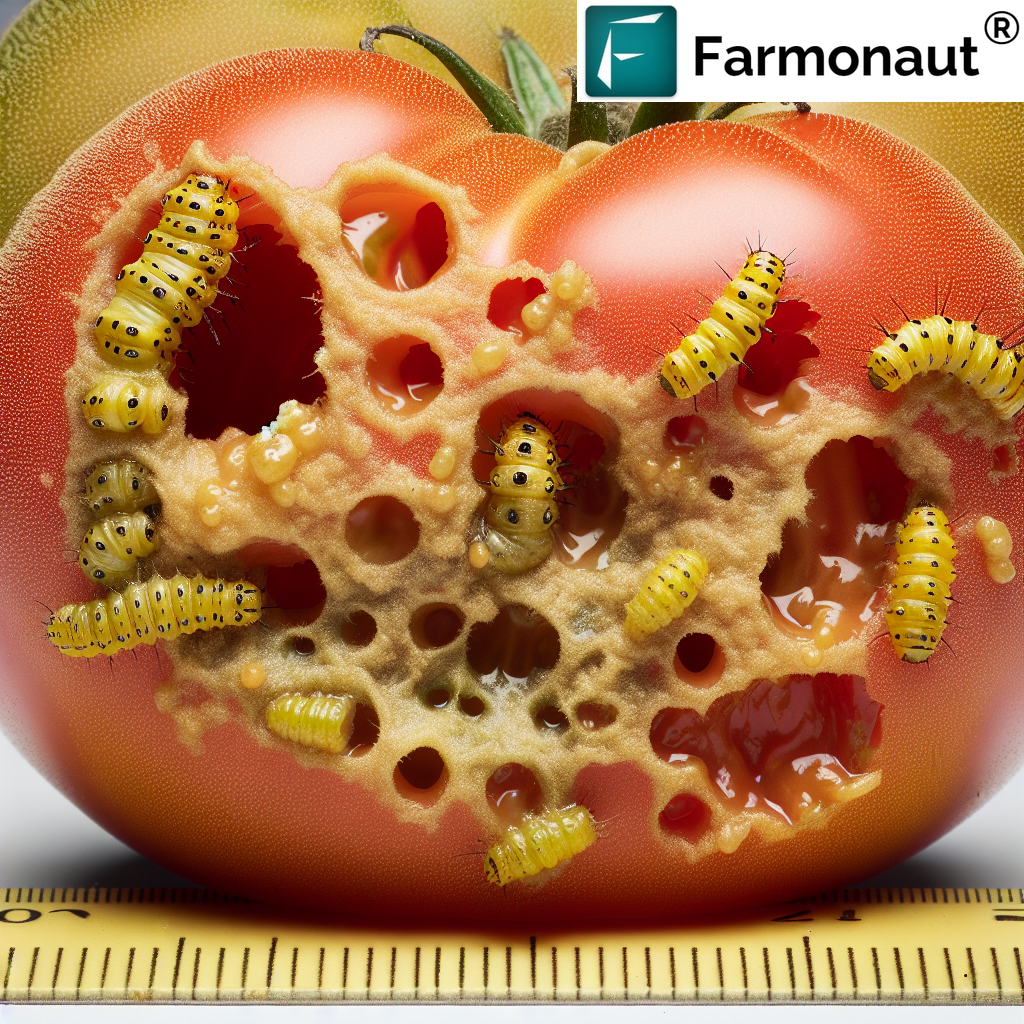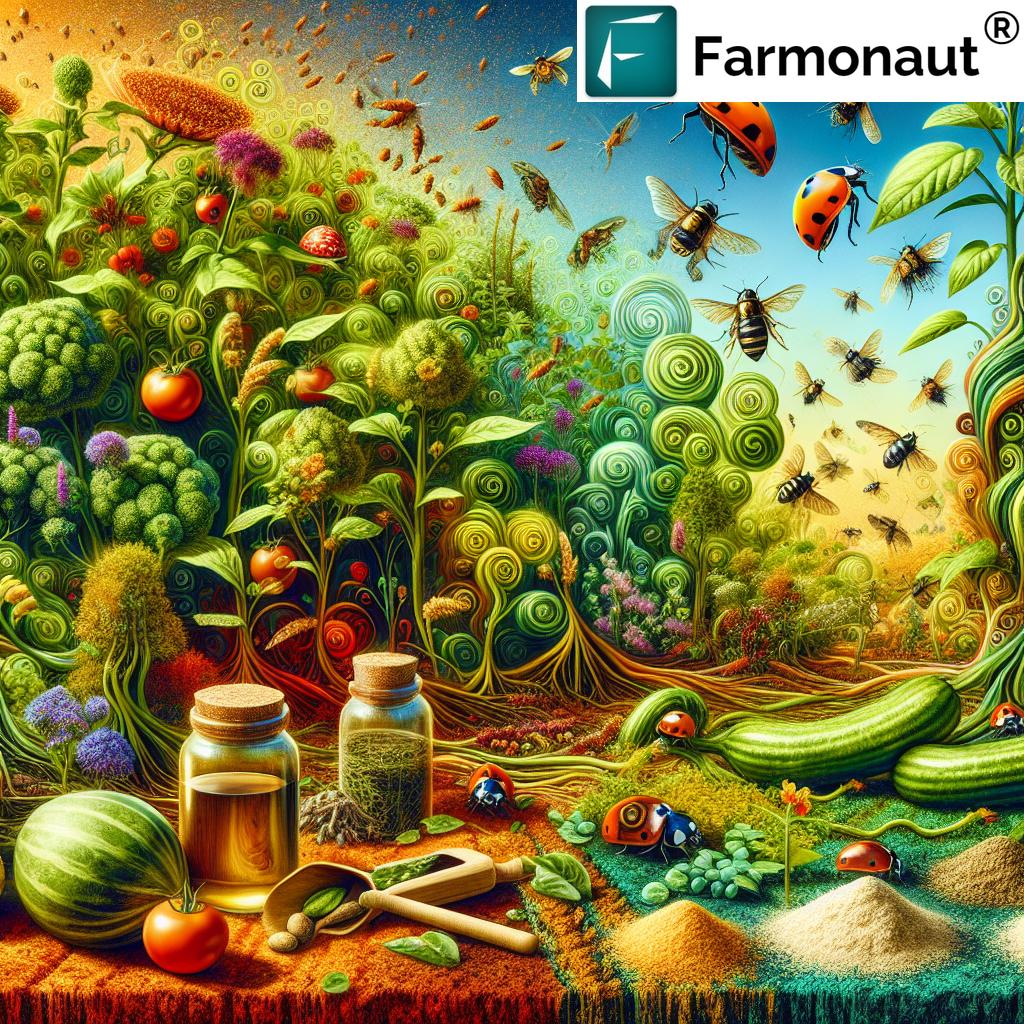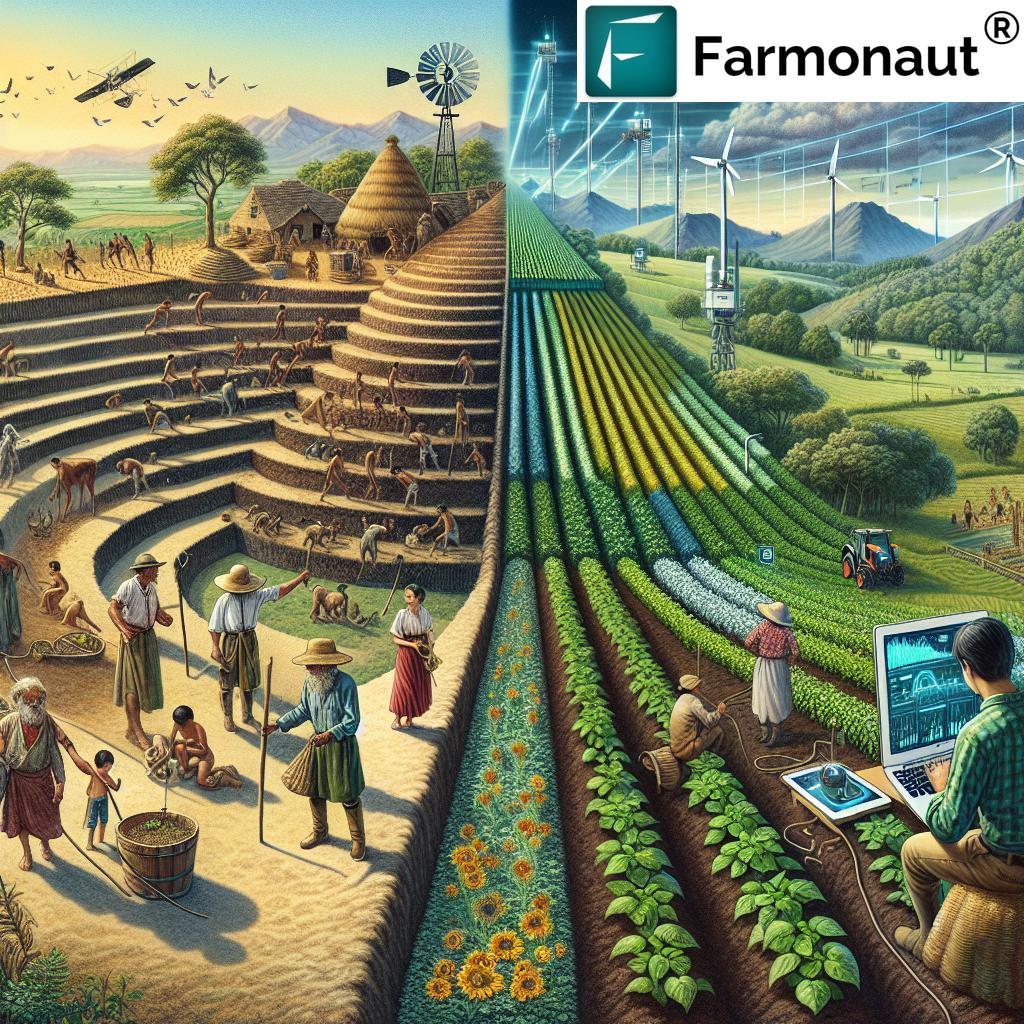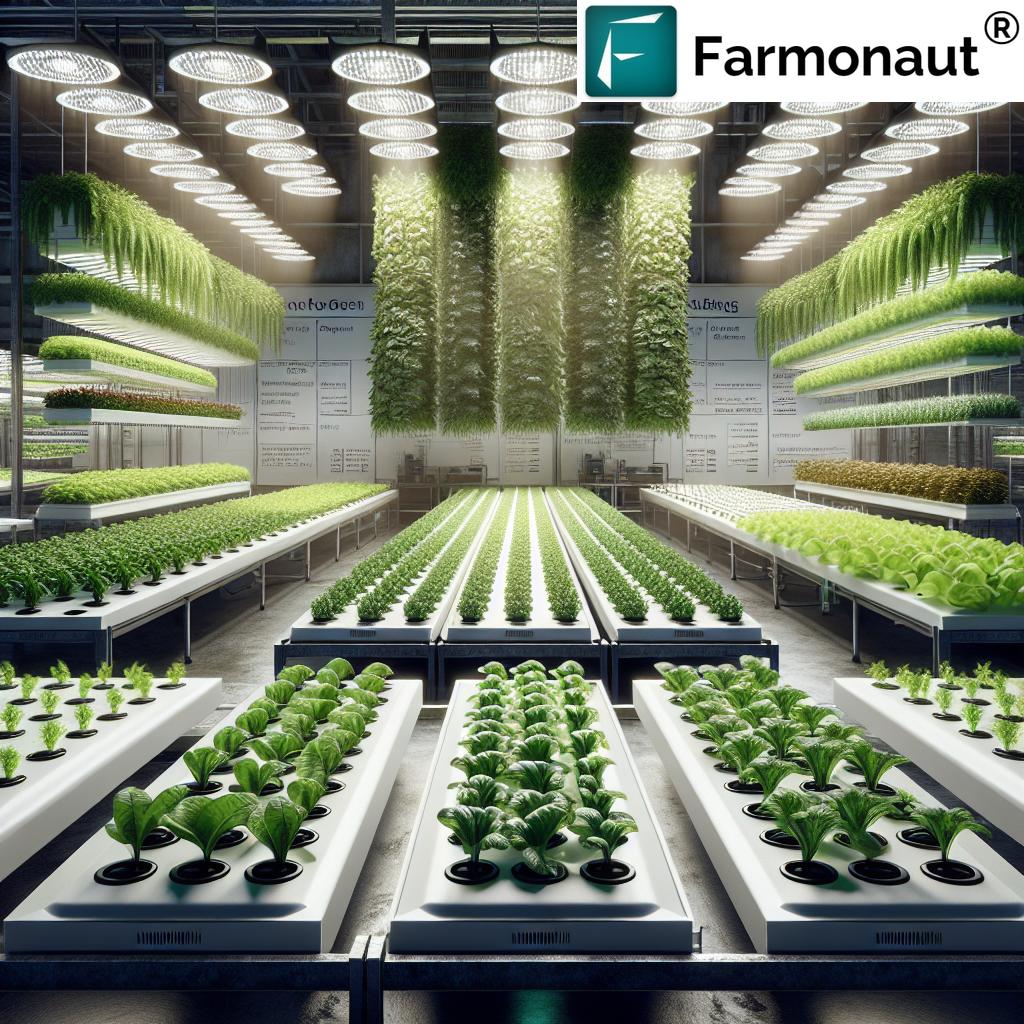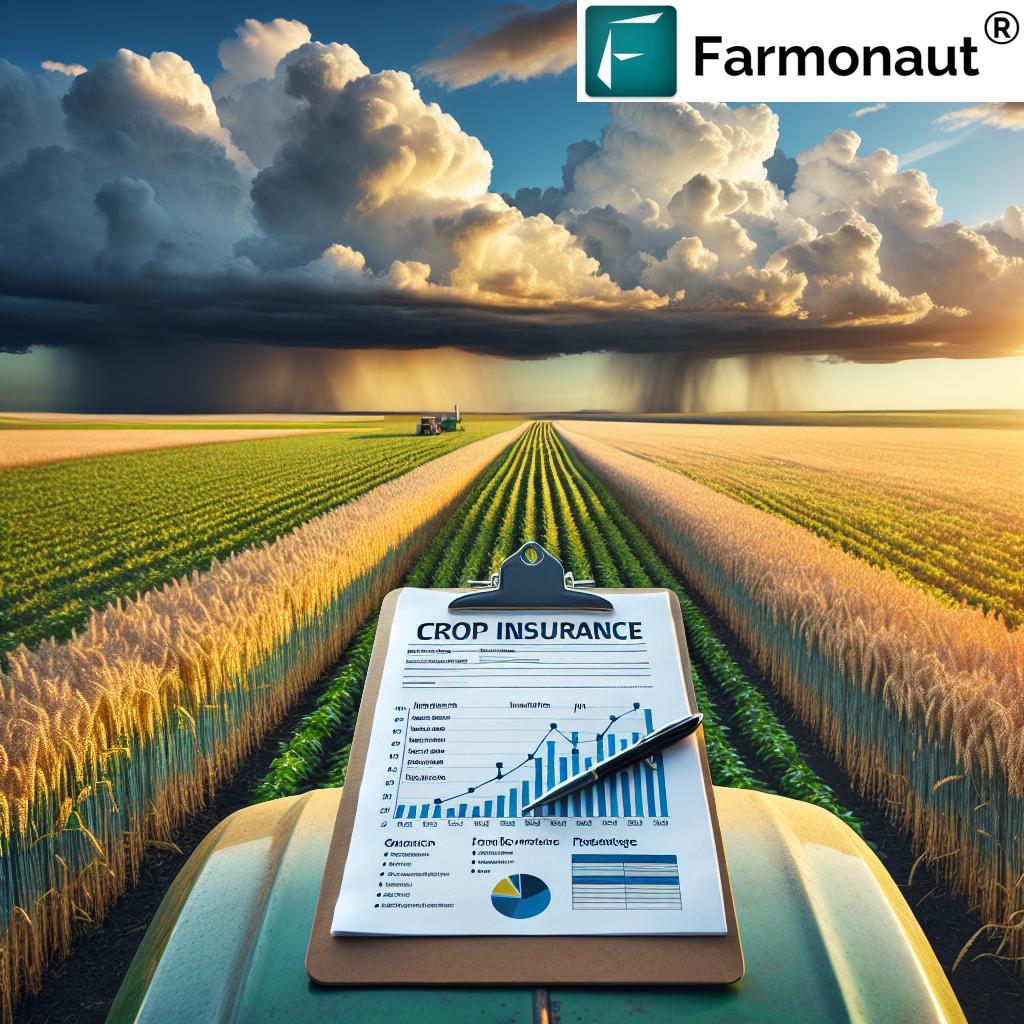- Introduction: Agritech Market Size 2025 & Sustainable Global Growth
- Trivia: Quick Facts on Agritech Market
- Market Size and Growth Projections
- Global Agritech Market Size by Region (2023 vs. 2025 & Growth Forecast)
- Key Drivers Shaping the Agritech Market Size 2025
- Regional Insights: North America, Europe, Asia-Pacific, Latin America, Middle East & Africa
- Technological Transformation: The Future of Farming & Sustainability
- How Farmonaut is Enabling the Global Agriculture Technology Ecosystem
- Challenges in the Agritech Market: Barriers & Opportunities
- Future Outlook: Beyond 2025 – Innovation and Sustainable Growth Trajectories
- Frequently Asked Questions
Agritech Market Size 2025: Global & Sustainable Growth
The agritech market size 2025 stands at the forefront of a new era in global agriculture, where technology-driven solutions are transforming how we produce, monitor, and sustain our food systems. With the global population edges closer to 10 billion, farming faces immense pressure to produce higher yields using fewer resources—all while navigating the urgencies of climate change, food security, and the push for sustainable agriculture.
As agritech innovation accelerates, industry reports point to an agritech market size expected to reach approximately USD 30-35 billion by 2025, with a compound annual growth rate (CAGR) of 12–15%. The agriculture technology market size 2025 is fueled by rapid adoption of digital tools, advanced biotech, data-driven platforms, and sustainable practices—reshaping both developed regions like North America and Europe and emerging economies in Asia-Pacific and Latin America.
In this comprehensive guide, discover up-to-date market data, growth projections, key technologies and sustainable agriculture trends; all sculpting the transformation of global agriculture by 2025 and beyond.
Market Size and Growth Projections: Agritech Market Size 2025
The agritech market size 2025 is on a remarkable upward trajectory. According to leading industry reports, the global agritech market size 2025 is expected to reach between USD 30–35 billion, a significant rise from about USD 15 billion in 2020. This expansion reflects a robust CAGR—compound annual growth rate—of around 12–15%, a rate driven by the urgent need to enhance productivity and foster sustainability in farming systems worldwide.
Key highlights fueling agriculture technology market size 2025:
- Precision agriculture: Empowering data-smart management of water, fertilizer, and pesticides, reducing waste and environmental harm.
- Farm management software: Real-time monitoring, analytics, and decision-making tools for optimized farm operations.
- Automated machinery & robotics: Drones, autonomous tractors, and robotic harvesters improving efficiency and offsetting labor shortages.
- Biotechnology & genetics: Rapid development of climate-resilient, pest-resistant, and high-yield crops.
- Digital platforms & IoT: Connectivity enabling small-scale and large-scale farmers to access actionable data remotely.
The Role of Sustainability in Market Expansion
The sustainable agriculture market size 2025 is projected to surpass USD 20 billion, reflecting the growing importance of eco-friendly technologies and resource-efficient solutions. As agritech and sustainability become increasingly intertwined, sustainable practices—from precision irrigation to integrated pest management—represent critical drivers of market growth.
Global Agritech Market Size by Region (2023 vs. 2025 & Growth Forecast)
| Region | 2023 Estimated Market Size (USD Billion) | 2025 Projected Market Size (USD Billion) | Projected CAGR (2023–2025) (%) | Major Sustainable Technologies Adopted |
|---|---|---|---|---|
| North America | 7.8 | 10.2 | 14.5% | AI-driven crop monitoring, precision irrigation, automated machinery |
| Europe | 4.8 | 6.2 | 13.4% | Integrated pest management, sustainable biofertilizers, IoT soil sensors |
| Asia-Pacific | 3.1 | 5.9 | 21.1% | Farm management software, drone applications, climate-resilient genetics |
| Latin America | 1.2 | 2.0 | 17.6% | Precision irrigation, sustainable resource monitoring, blockchain traceability |
| Middle East & Africa | 0.7 | 1.1 | 15.1% | Satellite monitoring, mobile farming platforms, resource management tools |
The Asia-Pacific region showcases the fastest growth rate, while North America and Europe currently command the largest market sizes in absolute terms. These figures illustrate the rapid global expansion and the sustainable technology adoption transforming the industry.
Access precision satellite insights, real-time soil and crop monitoring, and AI-powered advisory for boosting agricultural productivity and sustainability. Try our Farmonaut App today!
Key Drivers Shaping the Agritech Market Size 2025 & Growth
Growth in the agritech market size 2025 is driven by a convergence of transformative technologies and urgent global needs. Let’s explore the primary forces revolutionizing agriculture and sustainable food systems around the world:
1. Sustainable Agriculture Imperatives
- Climate Change & Environmental Degradation: Increasingly pressing challenges threaten agricultural systems—rising global temperatures, erratic weather, soil degradation, and water scarcity.
- Sustainable Agriculture Market Size 2025: Estimated to exceed USD 20 billion by 2025, reflecting the transformation towards resource-conserving, eco-friendly systems.
-
Key Technologies:
- Precision irrigation: Delivers water only when and where it’s needed, optimizing usage and boosting yields.
- Biofertilizers & integrated pest management: Minimize environmental impact while maintaining productivity.
- Sustainable crop rotation & regenerative farming: Improve soil health and biodiversity.
These approaches are not just cost-effective but critical for long-term food security as the world edges closer to 10 billion population.
Soil moisture monitoring—as shown above—improves precision irrigation and resource management, vital for sustainable growth in agriculture.
2. Digital Transformation & Data Analytics in Agritech
- Widespread adoption of smartphones and IoT devices even in rural and emerging economies.
-
Cloud-based farm management platforms with artificial intelligence enable:
- Real-time crop monitoring
- Weather and pest analytics
- Yield prediction and optimization
- Automated advisory systems
The integration of digital analytics into agriculture amplifies efficiency, reduces crop loss, and helps farmers make data-driven decisions for optimal returns.
Explore more about Farmonaut’s carbon footprinting solutions—track emissions and enable sustainability via satellite-powered environmental monitoring.
3. Automation, Robotics, & Advanced Machinery
- Labor shortages and rising labor costs for agricultural regions accelerate automation adoption.
- Automated tractors and machinery reduce manual labor, increase operational speed, and enable precise input applications.
- Drones & robotic harvesters perform sowing, spraying, monitoring, and picking—improving consistency and yields.
This automation is rapidly expanding in both matured markets (e.g., North America, Europe) and emerging economies like Brazil, India, and China.
Discover how Farmonaut’s fleet management system enables optimal machinery and resource usage across agricultural, mining, and infrastructure sectors, promoting greater efficiency and cost savings.
4. Biotech, Genetics & Crop Innovation
- Gene editing technologies (e.g., CRISPR) speed up the development of high-yield, pest-resistant, and climate-resilient crops.
- Integration with digital tools ensures optimal use of fertilizers, water, and pest control—only as needed.
- Livestock genetics advancements improve disease resistance and productivity in dairy and meat sectors.
The synergy between biotech innovation and data-driven platforms is accelerating food production while promoting sustainability.
Interested in integrating advanced satellite-based insights into your agriculture technology platforms? Access the Farmonaut API for scalable monitoring, and check out our developer documentation for easy integration.
Regional Insights: Global Agritech Market Size 2025
North America
- Largest share of the agritech market size 2025, owing to early adoption of digital and AI-based platforms.
- Focus on automated farm management, AI-driven crop analytics, integrated resource management, and sustainable environmental monitoring.
Europe
- Closely follows North America in technology adoption—but with even stronger emphasis on sustainability via regulatory pushes.
- Leading in eco-friendly labeling, biofertilizer adoption, and integrated pest management for sustainable food production.
Asia-Pacific
- Fastest growing regional market: Estimated CAGR over 20% as large agrarian economies like India and China adopt agritech en masse.
- Key focus: Accessible IoT platforms, drone-based precision farming, and remote soil & crop monitoring—essential for smallholder farmers seeking to boost yields sustainably.
-
See how technology is transforming farming:
Latin America
- Accelerated technology adoption for sustainable farm management, especially in Brazil and Argentina.
- Focus areas: Blockchain-based traceability and precision irrigation solutions to optimize resource usage and legitimacy of agri-supply chains.
- Explore Farmonaut’s traceability solutions for seamless product tracking and transparency in supply chain management.
Middle East & Africa
- Smaller but rapidly expanding market segment, focusing on satellite crop monitoring and resource management to combat arid climate conditions and water scarcity.
- Mobile-enabled farm platforms and sustainable irrigation systems facilitate adoption even in challenging environments.
Technological Transformation: The Future of Sustainable Farming
The convergence of agritech, data analytics, and sustainability is revolutionizing traditional farming methods across the globe. While automation addresses labor challenges and IoT-powered analytics drive productivity gains, biotech innovations enable crops to thrive under climate change stresses.
- AI and machine learning platforms now offer customized weather forecasts, pest risks, and planting recommendations for every farm—large and small.
- Blockchain technology secures supply chain traceability, improving food safety and reducing fraud in agricultural exports.
- Environmental impact tracking—especially carbon footprinting and water usage—empowers governments and businesses to hit sustainability targets.
Explore the shift in practice—from traditional, intuition-based farming to evidence-driven, sustainable agriculture ecosystems.
How Farmonaut is Enabling the Global Agriculture Technology Ecosystem
At Farmonaut, we are committed to making satellite-driven agritech solutions accessible, affordable, and actionable for businesses, governments, and users worldwide. Our platform seamlessly unites the most innovative satellite, AI, and blockchain technologies to support the productivity and sustainability goals driving the agri-food sector forward.
Our Technologies Powering Agritech Market Growth:
- Satellite-Based Monitoring: We enable real-time monitoring of crop health, soil conditions, and environmental impacts using multispectral satellite imagery. This allows users across the agriculture, mining, and infrastructure sectors to make timely, informed decisions.
- Farmonaut Jeevn AI Advisory System: Our proprietary AI delivers hyper-local insights, weather forecasts, and management recommendations, boosting agricultural efficiency and resource optimization.
- Blockchain Traceability: Our system enables users to guarantee authenticity and transparency in the agri-food supply chain—fostering trust for businesses, governments, and end-consumers alike.
- Fleet & Resource Management Tools: We provide solutions to track and optimize farm machinery and logistics, helping minimize operational costs and maximize output.
- Environmental Impact Monitoring: Our environmental assessment tools empower organizations to adopt and prove sustainable practices—meeting regulatory demands for carbon and other emissions reporting.
We offer a subscription-based model—accessible via web browsers, Android and iOS—catering to everyone from individual farmers to large agricultural enterprises and government institutions.
Leverage our large-scale farm management solutions for remote monitoring, advanced analytics, and operational efficiency—especially suited for commercial producers and governments.
Explore our loan and insurance verification tools—providing satellite-based proof for financial institutions to ensure lower fraud rates and better farmer access to finance.
Challenges in the Global Agritech Market: Barriers & Opportunities
Despite unprecedented growth, the agritech market faces significant challenges which, if addressed, could further accelerate global adoption and sustainability:
-
Affordability & Accessibility:
- High upfront costs and subscription fees can deter smallholders, especially in Africa, Asia-Pacific, and Latin America.
- Demand for affordable, scalable, and mobile-responsive tools is paramount to widespread adoption.
-
Digital Literacy Gaps:
- For smallholder and aging farmers, lack of digital skills remains a barrier to using advanced analytics and AI platforms.
- Needs continued investment in training, extension services, and user-friendly interfaces.
-
Infrastructure & Connectivity:
- Lack of reliable network access, especially in remote rural areas, limits deployment of IoT-based and cloud-connected solutions.
- Investments in satellite communication, rural broadband, and hybrid technologies are accelerating, but progress is uneven regionally.
-
Data Privacy & Security:
- With increased data flows comes the risk of breaches, misuse, or insufficient protection—especially cross-border.
- Modern platforms implement blockchain and advanced security protocols, but regulatory harmonization lags behind innovation.
-
Regulatory & Cultural Resistance:
- In some regions, skepticism towards GMO crops, remote sensing, or digital traceability slows adoption pace.
- Need for clearer communication, transparency, and evidence-based policy support.
Public sector and private sector initiatives, enhanced awareness, and tailored training will be essential to scale sustainable agritech solutions globally—paving the way for comprehensive agriculture transformation.
Future Outlook: Agritech Market 2025 and Beyond
The global agritech market size 2025 not only reflects unprecedented growth but also signals a paradigm shift:
- Integration of Agritech with Traditional Knowledge: Uniting centuries-old farming wisdom with the latest satellite, AI, and biotech innovations for a resilient, high-yield food system.
- Food Security and Environmental Stewardship: Meeting the urgent need to feed a growing population while safeguarding ecosystems for future generations.
- Data-Driven Decision Making: From farmers to policymakers, reliance on real-time data and advanced analytics will become routine—informing smarter, more sustainable choices across the agri-value chain.
- Ubiquitous Adoption Across Emerging and Matured Economies: Asia-Pacific, Latin America, and Africa will lead the next wave of technology-driven agricultural innovation, powered by scalable, affordable, and mobile-friendly tools.
- Sustainable Practices as the Market Standard: By 2025, the majority of global investments—and market segments—are already committed to sustainable, climate-resilient agriculture technologies.
With players like Farmonaut delivering affordable, scalable, data-driven satellite and AI solutions, the future of agriculture is bright—characterized by increased efficiency, transparency, and sustainability for every stakeholder.
Frequently Asked Questions: Agritech Market Size 2025
-
What is the projected agritech market size in 2025?
The global agritech market size 2025 is expected to reach between USD 30–35 billion, according to industry reports. This represents significant growth from around USD 15 billion in 2020. -
Which regions are leading agritech market growth?
North America holds the largest share, closely followed by Europe. Asia-Pacific demonstrates the fastest CAGR, reflecting rapid adoption in India, China, and Southeast Asia. -
What is driving investments in agritech?
Drivers include rising demand for food security, digital transformation of farms, emphasis on sustainability, adoption of data analytics, automation, and advances in crop and livestock genetics. -
What challenges does the global agritech market face?
Barriers include affordability, digital literacy gaps, infrastructure limitations, data privacy concerns, and regulatory/cultural resistance in some regions. -
How can satellite technology, like Farmonaut’s, support farmers and businesses?
Satellite technology enables real-time monitoring, precision farming, AI-based advisory, blockchain traceability, and environmental impact tracking—improving yields, operational efficiency, and sustainability. -
Where can I learn more about Farmonaut’s products for sustainability and transparency?
Explore Farmonaut’s traceability, carbon footprinting, and large-scale management solutions on our website.
Summary: The Agritech Market Size in 2025 – Transforming Sustainable Agriculture
By 2025, the agritech market size will have experienced remarkable expansion, catalyzed by urgent global needs, rapid innovation, and the fusion of digital, biotech, and sustainability-focused technologies. With pressure mounting to feed a rising world population using fewer resources, agritech will continue to play a pivotal role in food security, productivity enhancement, and sustainable practices—across both developed and emerging regions.
Tools such as AI-driven analytics, blockchain supply chain traceability, satellite remote sensing, and gene-editing are no longer optional; they are foundational to a new era of smarter, transparent, and eco-friendly agriculture. Players like Farmonaut are making these advanced technologies accessible and affordable at all scales—effectively democratizing the transformation of agriculture for individuals, businesses, and government stakeholders.
The outlook for 2025 and beyond is clear: the global agritech market will be defined by its ability to unite innovation and sustainability, revolutionizing how we grow, monitor, and manage our food systems—for the benefit of people and the planet.





